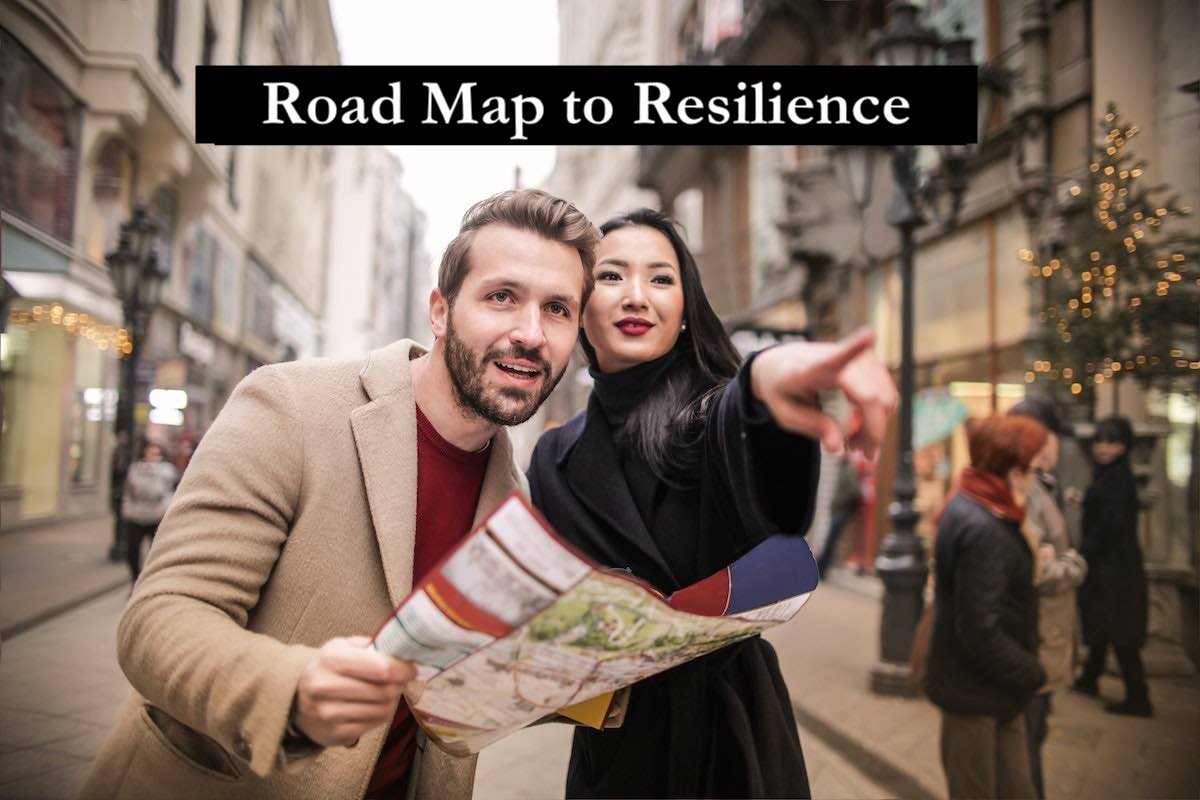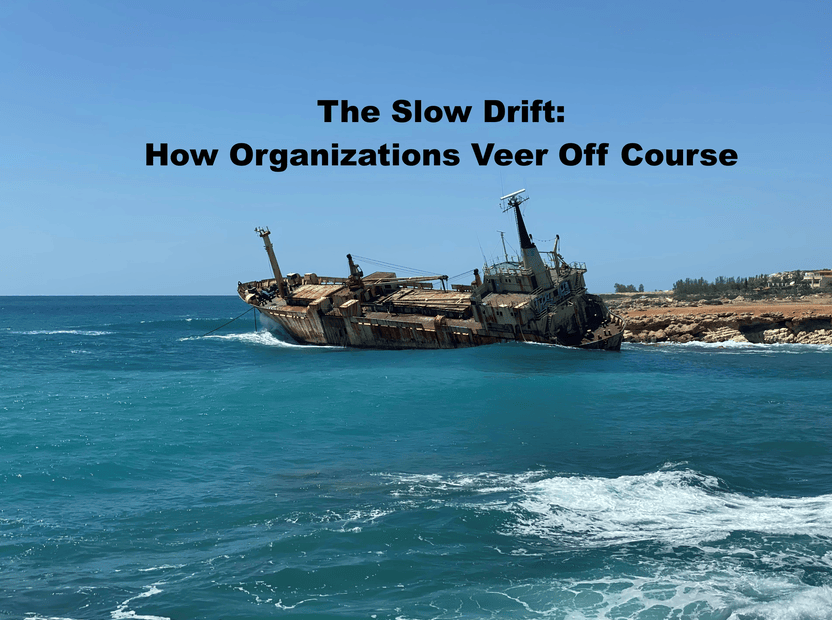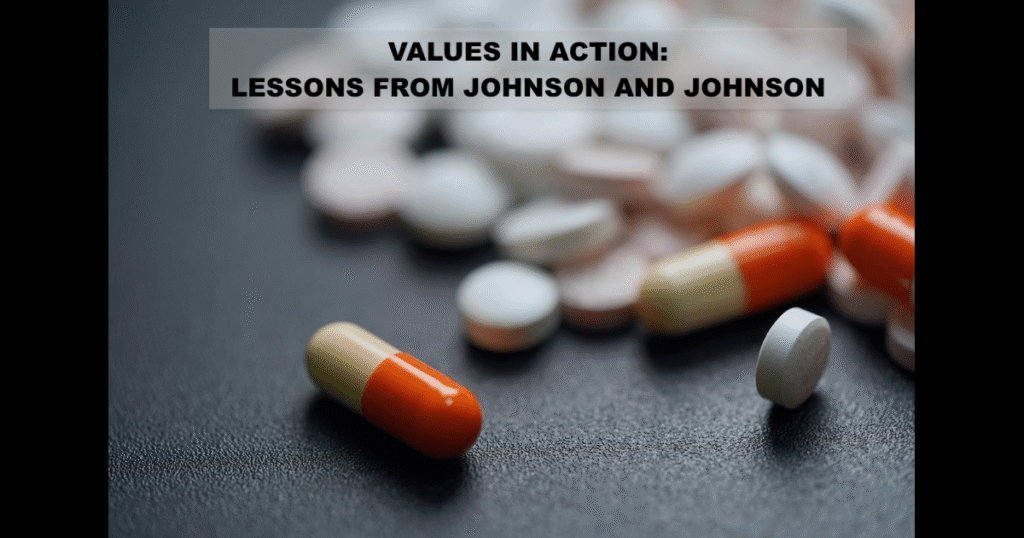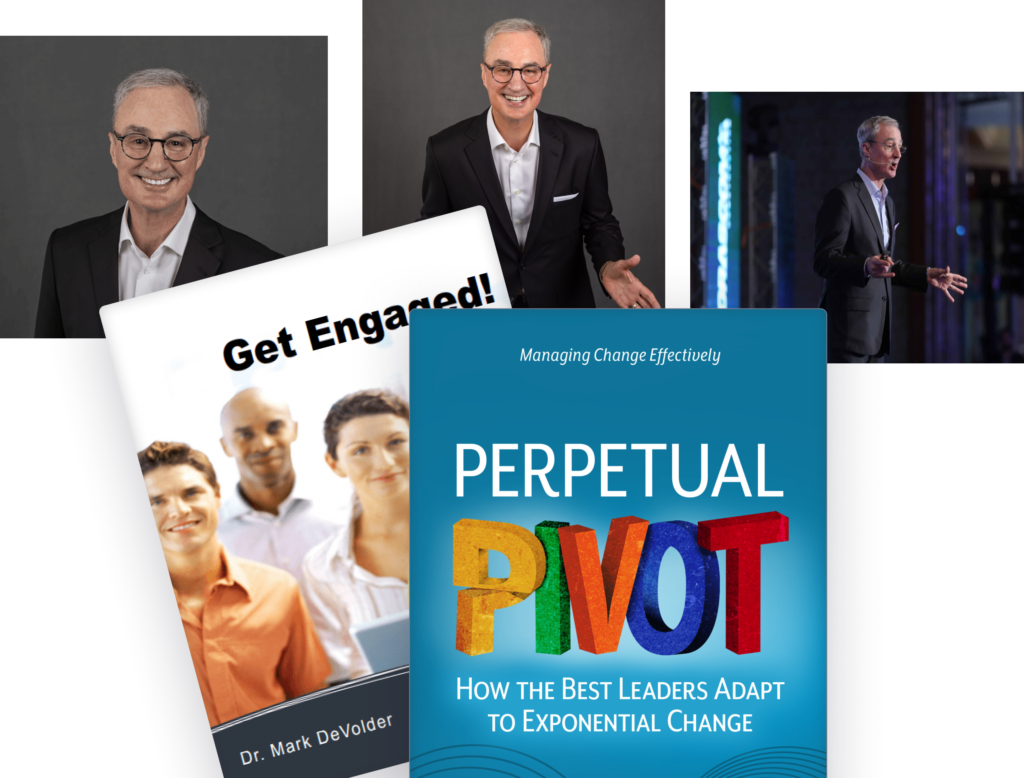What is the top predictor of success? To put it another way, what is the most important attribute of successful people? The answer might surprise you. It’s not any of the following: intelligence, talent, abilities, education or wealth. Resilience is the number one predictor of success. (Ducksworth, Dweck) In fact, many top companies like Google and Microsoft actively recruit new employees based on talent, abilities, but most all, resilience. There is good news for those that want to increase resilience. It turns out, resilience is something that can be learned and improved. To get started on the right path, let’s look at the Road Map to Resilience.
Get Back Up Again
The first sign post on the road map is to get back up when knocked down. Many people waste valuable time, energy and resources lying on the floor after one of life’s setbacks. We may complain that life is unfair, asking, “Why me?” But all of our protests do nothing to change the situation and only work against us.
The movie character of Rocky Balboa never claimed to be a philosopher, but his take on adversity is absolutely right. In his fatherly advice to his son, he said, “The world ain’t all sunshine and rainbows. It’s a very mean and nasty place, and I don’t care how tough you are, it will beat you to your knees and keep you there permanently, if you let it. You, me, or nobody is gonna hit as hard as life. But it ain’t about how hard you hit. It’s about how hard you can get hit and keep moving forward. How much you can take and keep moving forward. That’s how winning is done!
Butch Harmon is considered by many people to be one of the best golf instructor in the world. He was the former golf coach of Tiger Woods & Phil Mickelson. In an interview he was asked, What’s the difference between the top winners and everybody else? What makes it possible for these people to win again and again? After careful reflection he said, “the top winners recover faster from adversity than everybody else!”
Problems, hardships and suffering are part of life, and we have to go through them. Our response to this list of forces against us will determine our resilience. People who want to learn to increase resilience, get back up on their feet after being knocked down. And they do it faster than everyone else.
Believe in Yourself
The second sign post of the road map to to believe in yourself. The image we have of ourselves determines what can do and what we are capable of. One of my daughters, Chara, has a favourite saying that guides her life. “She believed that she could, so she did it.” It’s simple, but profound. Resilience begins with the belief in who you are and, as a result, what you are capable of.
Savoy Howe is the owner of Canada’s first boxing club for women. Savoy, whose nickname is “Kapow”, teaches her athletes how to box, but also to believe in themselves. She has an exercise that she uses with all of the women before they train on a punching bag. She instructs them to say these words to themselves out loud: I am so weak and I have no energy. They are told to repeat it 3 times. Then, the boxer works out on the punching bag for 5 minutes. After the exhausting workout, the boxer rests for a few minutes. Savoy asks, “How does that feel in your body?” The athlete usually says they feel completely drained; They have nothing left.
Now, Savoy gives them a different message to repeat. Savoy, tells the boxer to say this self-talk message out loud to herself, with conviction:
I have tons of energy and I’m a beast!
I have tons of energy and I’m a beast!
I HAVE TONS OF ENERGY AND I AM A BEAST!
The result always astounds the athletes. When the athletes believed in themselves, they not only punched harder, but they felt they could go longer. The greatest asset a resilient person has is belief in themselves and the inner strength they find to persevere and increase resilience.
Be a Learner
The third point on the map is being a learner. One of the keys to increase resilience is the ability to adapt. If we look at its essence, adaptability is the ability to learn. When discussing resilience, the two are actually synonymous; Adapting is learning; learning is adapting. To state the obvious, learning is the process of acquiring new knowledge, understanding, behaviors and skills. The process of learning involves trial and error, perseverance, but most of all learning from mistakes. When it comes to mistakes, it’s clear that resilient people think differently than everyone else. They accept that mistakes are not only inevitable, but an integral part of the process of learning. When we are learning, we are trying something we don’t know how to do. In the early stages of learning, mistakes and failure are a given fact.
As a result of this shift in thinking, resilient people embrace mistakes as a necessary part of learning. This philosophy has been adopted by companies today that identify themselves as Deliberately Developmental Organizations or DDO for short. A DDO is company that has a culture of deliberate learning. Charley Kim is the Founder and CEO of a DDO company called Next Jump. Kim says, “We’ve gotten good at succeeding because we’ve gotten so good at failing.”
We increase resilience when we embrace learning and learn from our mistakes.
Take Control
It is vital that we take control of our life as well as the circumstances that are in our control. The resilient person does not view themselves as a helpless victim, but as a powerful agent. They control their actions, circumstances and ultimately their destiny.
Nelson Mandela was a prisoner for over 27 years. In Robbin Island he was confined to an 8 foot by 7 foot concrete cell. When he wasn’t in his cell, he did grueling manual labour- working at a quarry to dig out limestone and using heavy hammers to smash rocks into gravel. It would be easy to think that nothing was in his control. But that was not the case. Ultimately, Mandela believed that he was the master of his fate and the captain of his soul, the ideas immortalized in Mandel’s favourite poem “Invictus” by English poet William Ernest Henley.
Even though he was in prison, Mandela controlled his own actions. This was confirmed to me during an interview I conducted with Dr. Wynand Dreyer, the doctor responsible for Nelson Mandel during his imprisonment. Dreyer told me about the first time he met South Africa’s most notorious prisoner. Expecting Mandela to appear as a dangerous terrorist, Mandela was escorted to the doctor’s office in leg irons, chains and surrounded by five guards. However the prisoner was not what he expected. Dr. Dreyer said that Mandela was like a grandfather figure and “the friendliest man I’d ever met.”
While other prisoners languished in their cells, Mandela spent his time, reading, exercising and writing letters. Mandela learned to speak Afrikaans so that he could talk with his jailers and read the local newspaper. On one occasion, Mandela read that the chancellor of Stellenbosch University took a stand against Apartheid’s rules of segregation by allowing students of color to attend the university. Immediately President PW Botha threatened Chancellor Mike de Fries. The whole country held its breath to see what de Fries would do. In a curious coincidence, it also happened that Dr. Dreyer was a faculty member and professor at the university.
During this tense period of time, Dr. Dreyer visited Mandela in prison. During the examination, Mandela asked his doctor for a favor. He asked Dr. Dreyer to deliver a message to Chancellor de Fries. Mandela said, “Please tell Mike de Fries that he’s doing the right thing and he must “byt vas”. The term “byt vas” means ‘Persist’ … like a dog with a bone. Dreyer agreed and did indeed deliver Mandela’s message.
Upon hearing the message, Chancellor de Fries observed, “my goodness, what a man!” As we now know the Chancellor accepted Mandela’s advice to persevere. His many actions eventually helped to bring down the Apartheid regime.
To increase resilience, we do not act like a victim. Be the master of your own actions and destiny.
Take Action
The beliefs and behaviors of resilient people are interconnected. They support one another and enable each other. As such, resilient people discipline themselves to make better decisions, faster.
Many people struggle to make difficult decisions, sometimes finding themselves in decision quick-sand. But not Gary Kelsch. Mr. Klesch is the CEO and owner of the billion dollar company, The Klesch Group. Gary Klesch has the ability to make lightning-fast decisions. I first met Gary when he called from his office in London to interview me about the possibility of speaking at a conference in Monaco. He started by giving an overview of his company, the goals for the conference, and told me about the audience.
After about five minutes, he causally said, “It’s been great talking with you. Let’s have breakfast when you get to Monaco.” I couldn’t believe what I just heard. I said, “It sounds like you just hired me.” He replied, “I did.” I was stunned, and stammered out something like “How is that possible; we’ve only been talking for five minutes?” I will never forget his response. He said, “I make all my decisions in five minutes. First, I do my research, which usually takes most of the time. But when the research is done, I make my decision in five minutes or less.”
Resilient people learn to make decisions quickly. But if it turns out they make the wrong decision, they analyze the situation, do more research, make adjustments and make another decision. In short, they take action and thereby increase resilience.
Conclusion
When everything is going well, we hardly need to be resilient. But when confronted with adversity, resilient people dig deep. They face fear, anxiety and uncertainty. And what we observe during such times is that resilient people are the first ones to get back up when they’re knocked down. They believe in themselves and their ability to persevere. They increase resilience when they learn from mistakes, take control of their lives and take action. A road map to resilience.
Click here to find out more about how to increase resilience.





